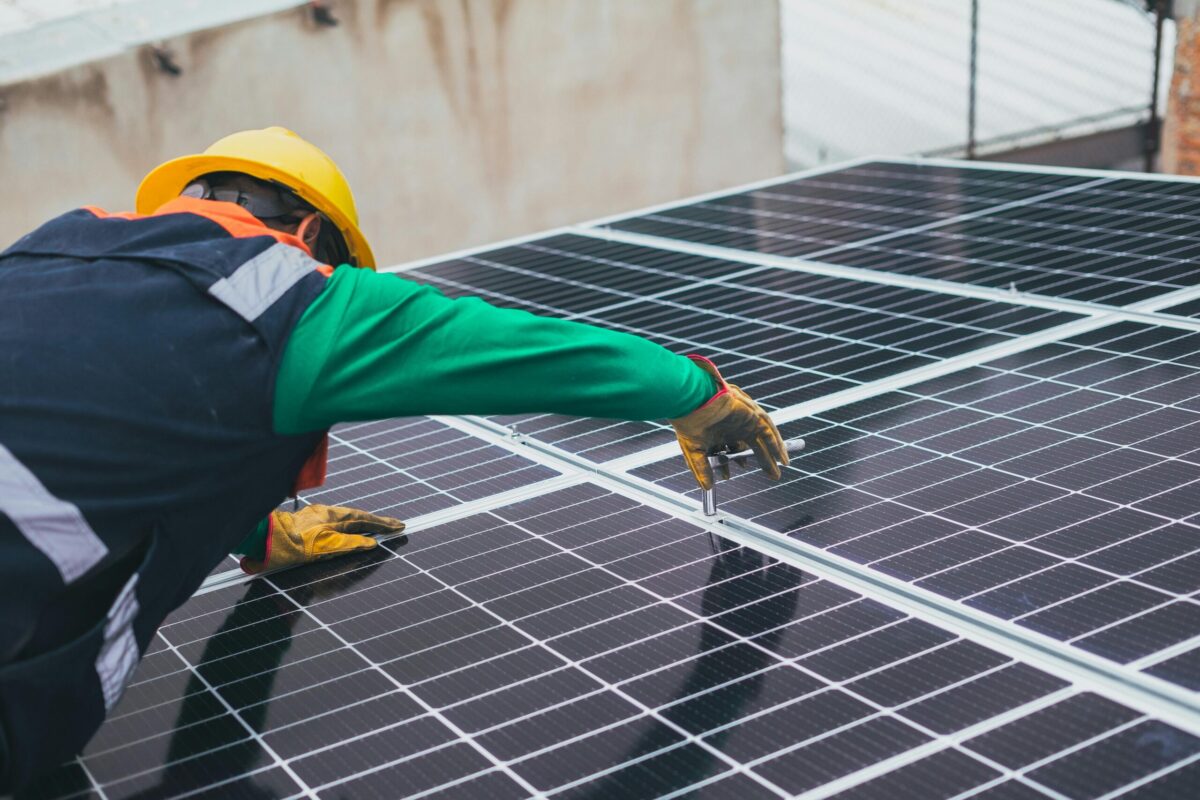It’s the end of the year, and that means a lot of paperwork is being signed as dealmakers rush to button things up before January 1. Take Hannon Armstrong Sustainable Infrastructure Capital, for example. The firm completed work to take a preferred equity investment in a 1.6 GW utility-scale solar and onshore wind portfolio developed and managed by Clearway Energy Group. Clearway has a pipeline of 9 GW of renewable energy through 2022 Hannon Armstrong has funded $200 million of its investment to date and anticipates funding the remaining portion in 2021 and 2022. The total investment will be roughly $663 million.
The portfolio includes 192 MW of utility-scale solar, 557 MW of utility-scale solar with 395 MW of co-located storage, and 874 MW of onshore wind in California, Hawaii, Texas, and West Virginia. Included in the portfolio is Daggett Solar, a 482 MW solar project with 320 MW of co-located storage in San Bernardino County, California; Rosamond Central, a 192 MW utility-scale solar project in Kern County, California; and Waiawa and Mililani, a 36 MW utility-scale solar project and a 39 MW utility-scale solar project with a combined 75 MW of co-located storage in Oahu, Hawaii.
Also announcing a deal is project developer ReneSola Ltd, which entered into securities purchase agreements with several institutional investors for the purchase and sale of around 2.105 million shares at a purchase price of $9.50 per share. The registered direct offering is expected to close on December 28, subject to customary closing conditions. Proceeds are expected to be around $20.0 million before offering expenses. The company said it plans to use the net proceeds for its expanding solar project pipeline and general working capital.
Earlier this week, ReneSola was awarded 38 solar utility projects in Poland, each with a capacity of 1 MW. The projects are expected to be connected to the grid within the next two years. The company does business in Poland, Hungary, Minnesota and New York.
Helping others
California-based Solar Energy Partners offers a good reminder that we all can do a little more this year to help people who have been hard hit by the pandemic and the economic disruption. California has been particularly hard hit by the Covid-19 pandemic and The Salvation Army said a need exists to help 155% more people than usual this season. But its Red Kettle program could see up to a 50% decrease in funds due to more online shopping, unemployment rates and store closures. SEP said it is partnering with the social-services organizations programs to give its customers another avenue to help. The company is offering QR codes and links so that customers can donate cash through Red Kettle or donate a toy via Amazon or Walmart to benefit the Angel Tree Program.
When is a ZEB a PEB?
A Brazilian research team has shown the advantages of linking solar-powered zero-energy buildings to recharging stations for electric vehicles, reports pv magazine Global. The researchers looked at the PV systems on a zero-energy laboratory building and found that over a period of time the system supplied 148% of the building’s energy needs. That made the building not only a ZEB but also a positive energy building (PEB). “This case study demonstrated that even when supplying electricity to EVs, urban buildings can be PEBs, an important issue if electromobility is to be adopted more widely,” the researchers said.
Correcting a climate model error
California and other areas of the U.S. Southwest may see less future winter precipitation than previously projected by climate models. After looking into a persistent error in widely used models, researchers at the Department of Energy’s Pacific Northwest National Laboratory now estimate that California will likely experience drier winters in the future than projected by some climate models. That means the state may see less spring runoff, higher spring temperatures, and an increased risk of wildfire in coming years.
The researchers said that models tend to exaggerate the U.S. Southwest’s wetter winters. The models also understate the drier winters in the Mediterranean Basin, which also features pronounced wet winters and dry summers similar to California, under warming climate scenarios.
Correcting for the bias reduces winter precipitation projections to a level that’s roughly equal to California’s current winters, amounting to little change and no future wetter winters. In the Mediterranean Basin, the correction means winter drying will be intensified by around 30%.
This content is protected by copyright and may not be reused. If you want to cooperate with us and would like to reuse some of our content, please contact: editors@pv-magazine.com.









According to the just released October EIA Electricity Monthly Update Texas passed North Carolina to become #2 in solar electricity production. Texas is up 74.4% YTD through October in solar electricity production. Still a long way to catch California though.